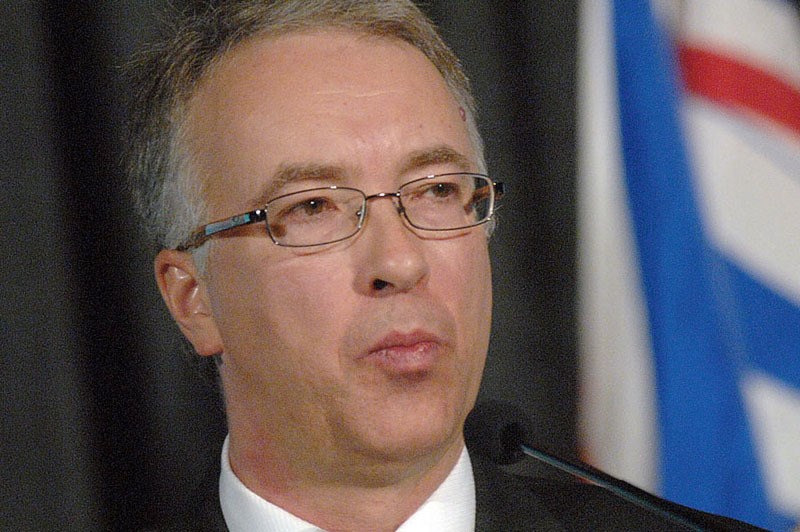Opposition Forest, Lands, and Natural Resource Operations critic John Rustad welcomed news that the provincial government will get a jump on allowing "mass timber" buildings of up to 12 storeys in B.C.
Premier John Horgan and Municipal Affairs and Housing Minister Selina Robinson announced the change on Tuesday in Okanagan Falls.
The 2020 National Building Code is expected to allow mass timber construction up to 12 storeys and will be reflected in the next edition of the B.C. Building Code.
In the lead up, eligible local governments are now able to approve the structures.
"Changes to the national building code that allow for taller wood buildings take effect next year, but we're not waiting to get started," Horgan said Tuesday.
"Our government is ready to work with communities to build safe, secure and green tall wood buildings that will create jobs, grow B.C.'s value-added sector and realize our low-carbon future."
Rustad, the MLA for Nechako Lakes, said it follows on the previous B.C. Liberal government's "wood first" policy that saw the introduction of such buildings to a height of six storeys.
"The next step was to look at these taller buildings," he said.
Mass timber buildings are defined as those in which the primary load-bearing structure is made of either solid or engineered wood. The Wood Innovation and Design Centre in downtown Prince George is an example.
Rustad sees potential for greater use of wood in the Lower Mainland burgeoning condominium market. But he cautioned that while the market in B.C. will create some demand, it will still amount to only a small fraction of the lumber produced in the province for export.
The longer-term goal would be to use the province to showcase to export markets the advantages of using wood to build multi-storey buildings, according to Rustad.
"That's where the real benefit could be for our forest industry," he said.
As well, B.C. has obtained permission from the National Research Council to use the encapsulated mass timber - where the components are surrounded by fire-resistant materials like drywall - through a jurisdiction-specific regulation.
Rustad said the government also needs to address struggles sawmills are having with cost competitiveness, saying he's heard the break-even point for producers now stands at US$400 per thousand board feet.
Forest, Lands, and Natural Resource Operations Doug Donaldson has said he plans to launch a review of forest policy as it relates to the Interior by the end of April.
Rustad said he hopes the review will look at such items as resource roads and how the province can help with transporting logs.
"Perhaps taking out whole logs as opposed to what we're doing now which is cut to length to try to reduce the costs of the secondary opportunities where that wood waste would (go to) pellets or other types of industry," he said.



